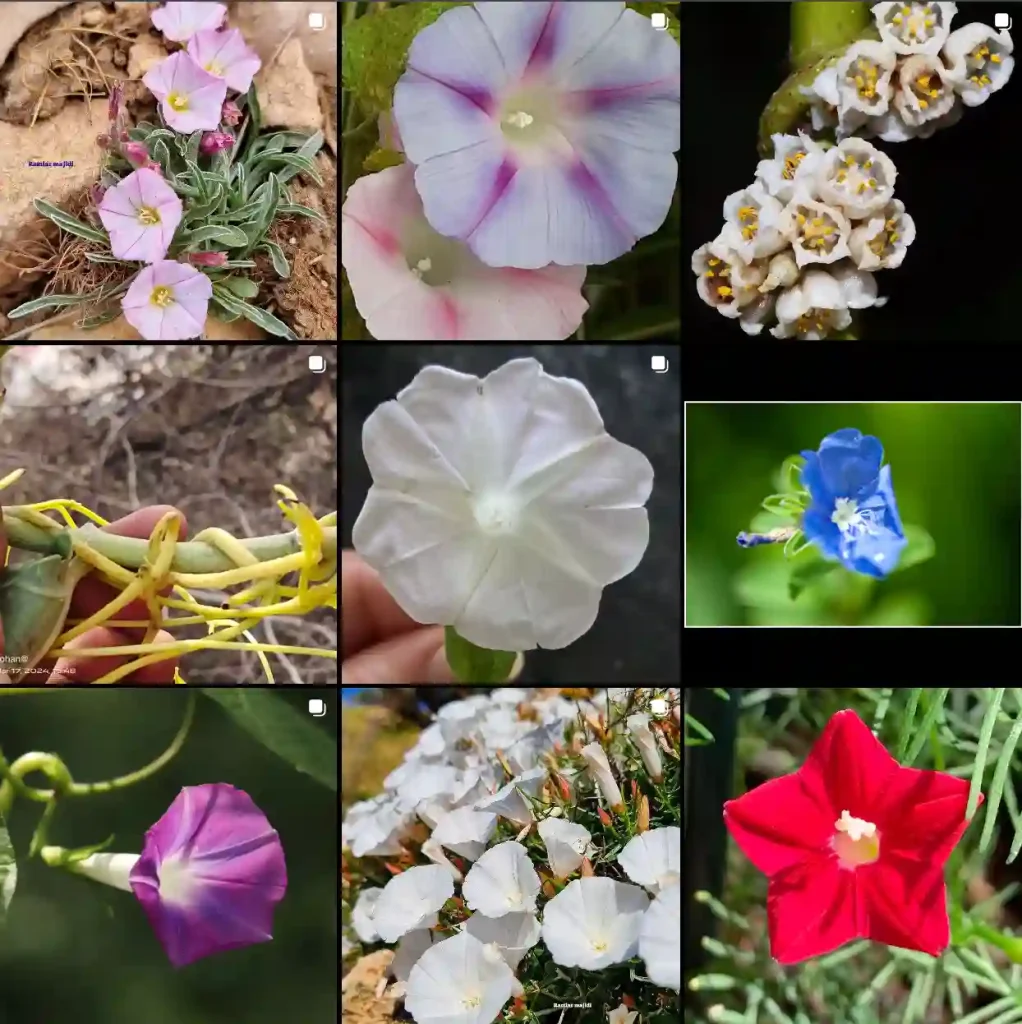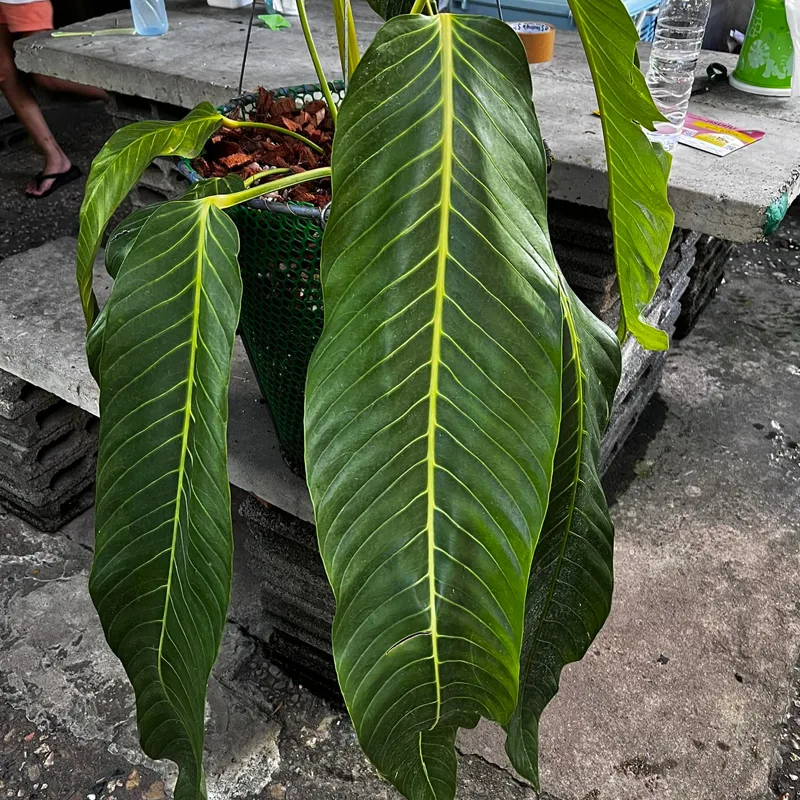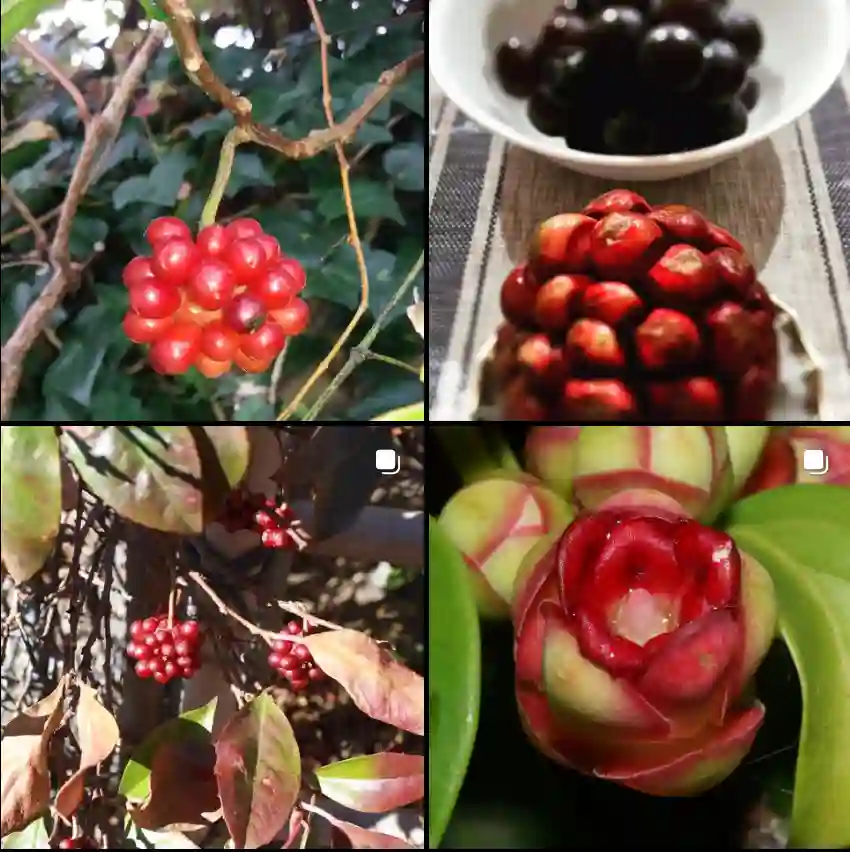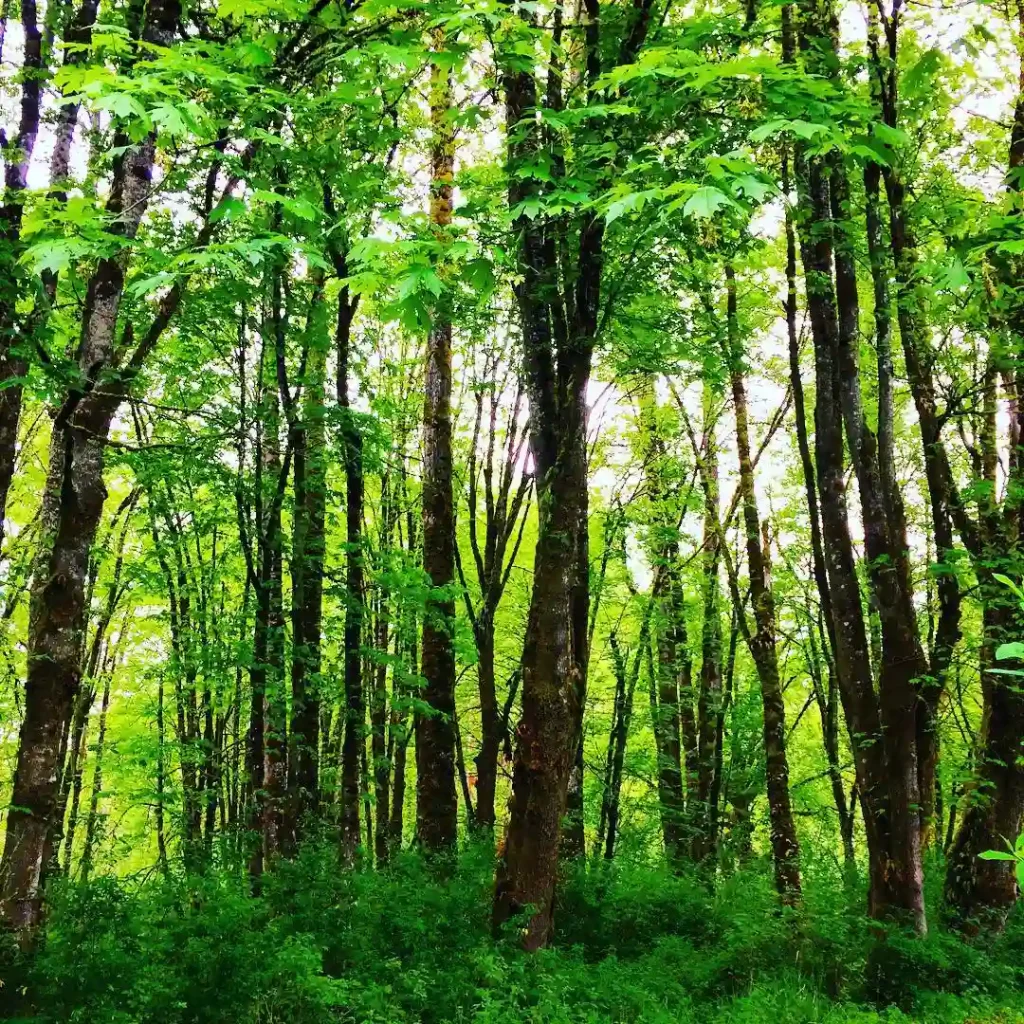Jacaranda: A Rhapsody in Blue and Violet
As Ferb Vu, I’ve always been drawn to the beauty of the natural world, and few sights are as captivating as a Jacaranda tree in full bloom. These stunning specimens, with their vibrant blue or violet flowers, transform any landscape into a breathtaking spectacle. Today, I want to delve into the fascinating world of the Jacaranda genus, exploring its diverse species and the unique characteristics that make it so beloved.
A Diverse Genus
The Jacaranda genus belongs to the Bignoniaceae family and comprises around 49 species of flowering plants. These plants are native to tropical and subtropical regions of the Americas, but their ornamental value has led to their cultivation worldwide. While the name “Jacaranda” often evokes images of the iconic blue Jacaranda (Jacaranda mimosifolia), the genus boasts a diverse array of species, each with its own unique charm.
Here’s a list of Jacaranda species:
- Jacaranda acutifolia Bonpl.
- Jacaranda arborea Urb.
- Jacaranda bracteata Bureau & K.Schum.
- Jacaranda brasiliana (Lam.) J.St.-Hil.
- Jacaranda bullata A.H.Gentry
- Jacaranda caerulea (L.) J.St.-Hil.
- Jacaranda campinae A.H.Gentry & Morawetz
- Jacaranda carajasensis A.H.Gentry
- Jacaranda caroba (Vell.) DC.
- Jacaranda caucana Pittier
- Jacaranda copaia (Aubl.) D.Don
- Jacaranda cowellii Britton & P.Wilson
- Jacaranda crassifolia Morawetz
- Jacaranda cuspidifolia Mart.
- Jacaranda decurrens Cham.
- Jacaranda densicoma Mart. ex DC.
- Jacaranda duckei Vattimo
- Jacaranda egleri Sandwith
- Jacaranda ekmanii Alain
- Jacaranda glabra (DC.) Bureau & K.Schum.
- Jacaranda grandifoliolata A.H.Gentry
- Jacaranda hesperia Dugand
- Jacaranda heterophylla M.M.Silva
- Jacaranda intricata A.H.Gentry & Morawetz
- Jacaranda irwinii A.H.Gentry
- Jacaranda jasminoides (Thunb.) Sandwith
- Jacaranda macrantha Cham.
- Jacaranda macrocarpa Bureau & K.Schum.
- Jacaranda micrantha Cham.
- Jacaranda microcalyx A.H.Gentry
- Jacaranda mimosifolia D.Don
- Jacaranda montana Morawetz
- Jacaranda mutabilis Hassl.
- Jacaranda obovata Cham.
- Jacaranda obtusifolia Bonpl.
- Jacaranda orinocensis Sandwith
- Jacaranda paucifoliata Mart. ex DC.
- Jacaranda poitaei Urb.
- Jacaranda praetermissa Sandwith
- Jacaranda puberula Cham.
- Jacaranda pulcherrima Morawetz
- Jacaranda racemosa Cham.
- Jacaranda rufa Silva Manso
- Jacaranda rugosa A.H.Gentry
- Jacaranda selleana Urb.
- Jacaranda simplicifolia K.Schum. ex Bureau & K.Schum.
- Jacaranda sparrei A.H.Gentry
- Jacaranda subalpina Morawetz
- Jacaranda ulei Bureau & K.Schum.
A Symphony of Colors
While blue and violet hues dominate the Jacaranda palette, some species exhibit variations in color. For instance, Jacaranda mimosifolia showcases a spectrum of blues, ranging from deep indigo to a delicate lavender. The intensity of the color can also vary depending on factors like soil type, sunlight exposure, and the tree’s maturity.
More Than Just a Pretty Face
Beyond their aesthetic appeal, Jacarandas play a vital role in their ecosystems. Their flowers provide nectar for pollinators like bees and butterflies, while their dense foliage offers shelter for birds and other small creatures. In some cultures, Jacaranda wood is used for crafting furniture and musical instruments due to its durability and attractive grain.
Jacaranda Around the World
The widespread cultivation of Jacarandas has led to their integration into various cultures and traditions. In many cities, the blooming of Jacarandas marks the arrival of spring, creating a festive atmosphere. In Pretoria, South Africa, the city is affectionately known as the “Jacaranda City” due to the abundance of these trees lining its streets. In Australia, Jacaranda blooms coincide with graduation season, leading to the belief that walking under a flowering Jacaranda brings good luck.
A Personal Connection
My fascination with Jacarandas stems from a childhood memory. I recall walking home from school one day and being mesmerized by a street lined with these blooming trees. The sight was so captivating that I stopped in my tracks, completely awestruck by the sheer beauty of it all. That moment instilled in me a deep appreciation for the natural world and the wonders it holds.
Preserving this Natural Wonder
As with many natural treasures, Jacarandas face threats from habitat loss and climate change. It’s crucial that we take steps to protect these magnificent trees and ensure their continued existence for future generations to enjoy. By planting Jacarandas in our gardens and supporting conservation efforts, we can all play a role in preserving this natural wonder.
Conclusion
The Jacaranda genus is a testament to the beauty and diversity of the plant kingdom. Its vibrant blooms and ecological significance make it a true treasure. As Ferb Vu, I urge everyone to take a moment to appreciate these magnificent trees and contribute to their preservation. Whether you’re captivated by their vibrant colors or drawn to their cultural significance, Jacarandas offer something for everyone to admire.
If i die, water my plants!



